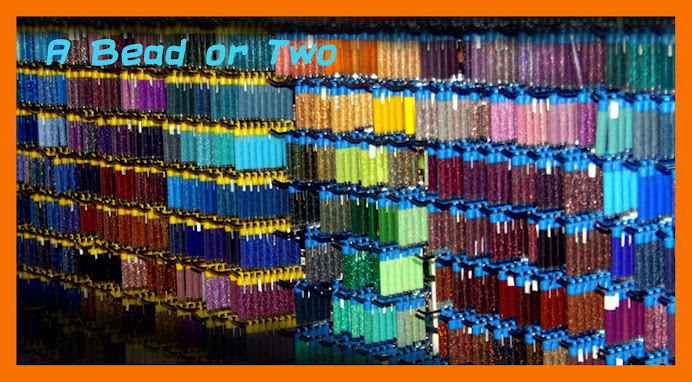 Have you ever wondered how you get from a mottled dirty looking vegetable thingy to a beautiful art piece? Well, it requires a lot of elbow grease, some very cool power tools, and a bit of patience.
Have you ever wondered how you get from a mottled dirty looking vegetable thingy to a beautiful art piece? Well, it requires a lot of elbow grease, some very cool power tools, and a bit of patience.According to Wikipedia, "Most commonly, gourds are native to Africa, and at a very early date spread throughout the world by human migrations. This species may be the oldest plant domesticated by humans."
"Drying gourds, which takes months in some cases, causes the internal
 contents (seeds and fruit matter) to dry out completely, although seeds are often still capable of germination. For the uninitiated, cutting open a dried gourd (with a craft knife or miniature jig-saw) can present hazards; the resulting dust is extremely fine and can cause respiratory problems, and requires adequate protection. A bitter taste or smell is typically evident when opening a gourd that is not completely dry inside." (http://en.wikipedia.org/wiki/Gourd)
contents (seeds and fruit matter) to dry out completely, although seeds are often still capable of germination. For the uninitiated, cutting open a dried gourd (with a craft knife or miniature jig-saw) can present hazards; the resulting dust is extremely fine and can cause respiratory problems, and requires adequate protection. A bitter taste or smell is typically evident when opening a gourd that is not completely dry inside." (http://en.wikipedia.org/wiki/Gourd)This is what the gourd looks like inside.
 The dry white membrane and seeds need to be scraped and then the inside is sanded smooth before the artistic finishes are added.
The dry white membrane and seeds need to be scraped and then the inside is sanded smooth before the artistic finishes are added. When you take the Introduction to Gourd Vessels, all of this work has already been done for you. All you need to bring to the class is your inspiration and creativity.
When you take the Introduction to Gourd Vessels, all of this work has already been done for you. All you need to bring to the class is your inspiration and creativity.There are limited seats available for this first of many gourd classes. Call 575-388-8973 to reserve your space.

No comments:
Post a Comment